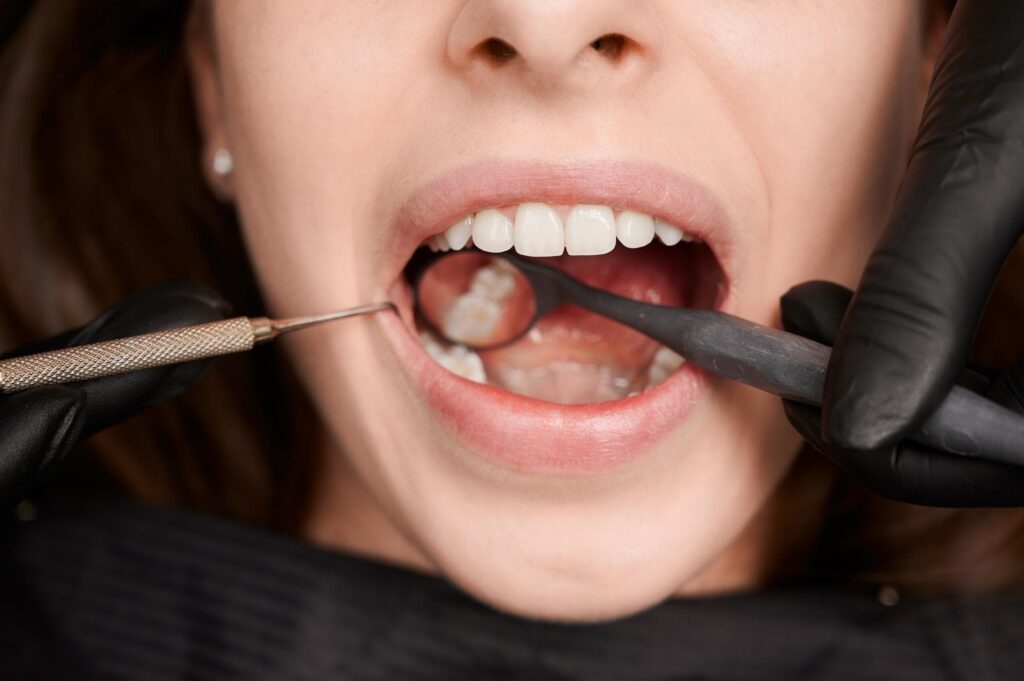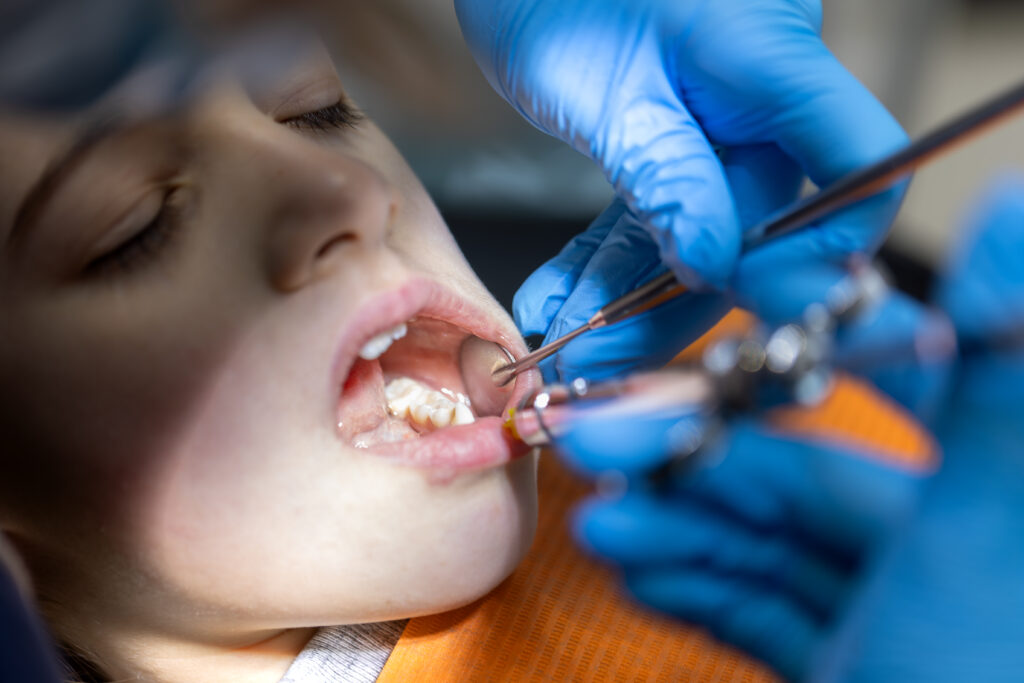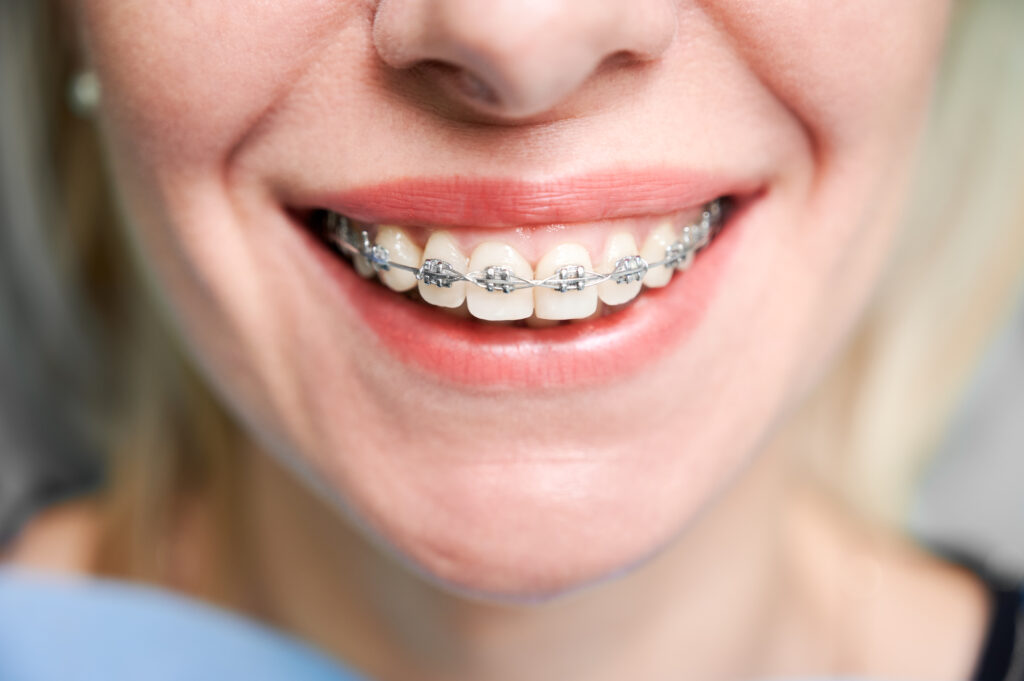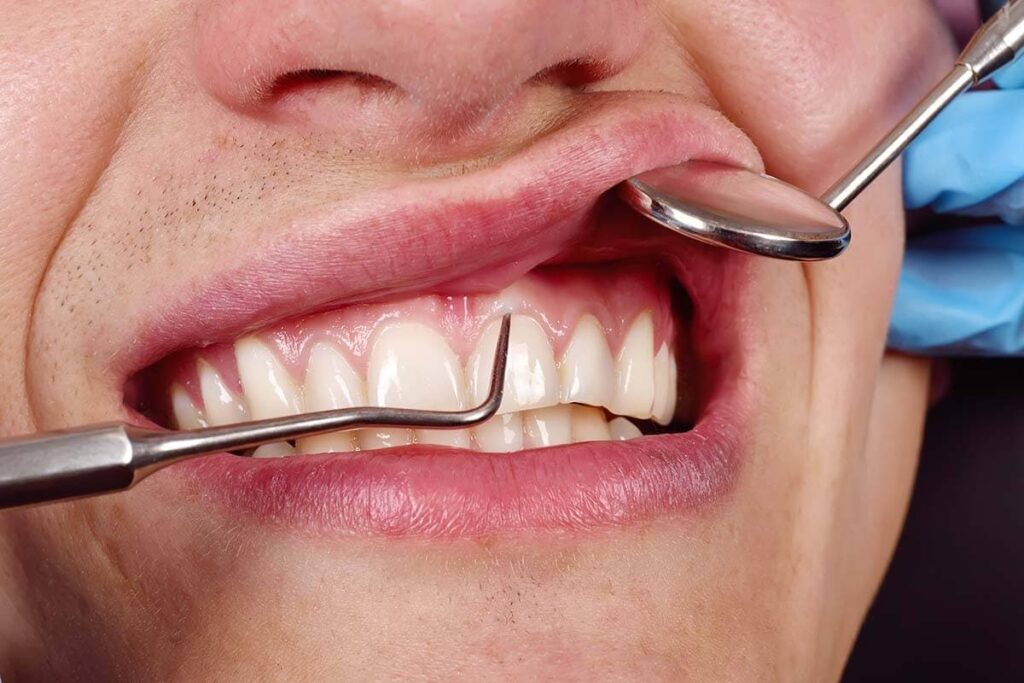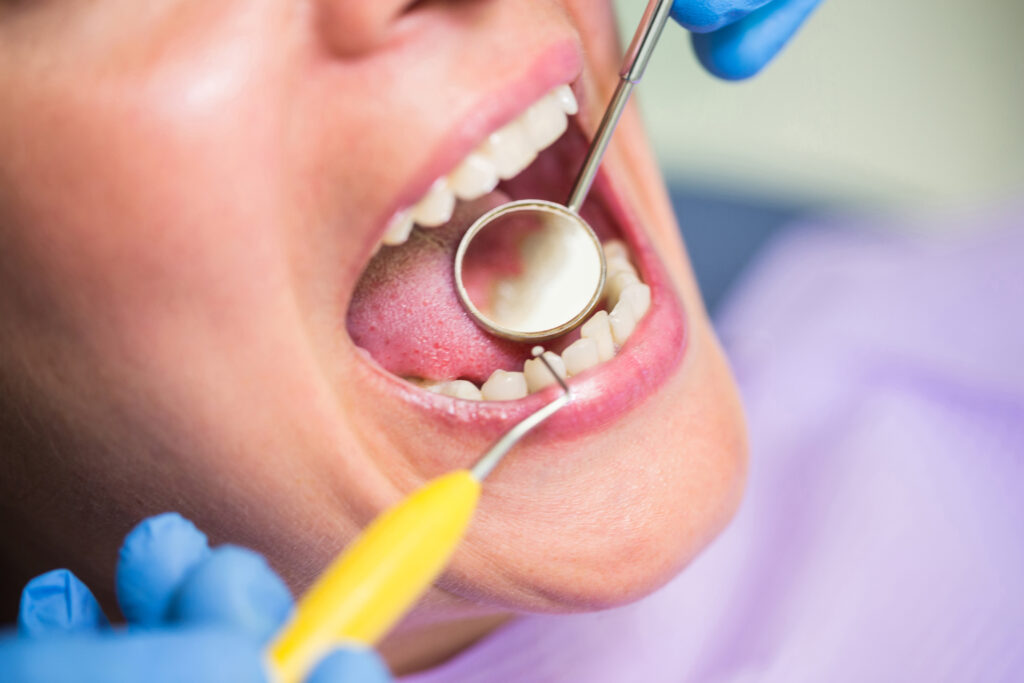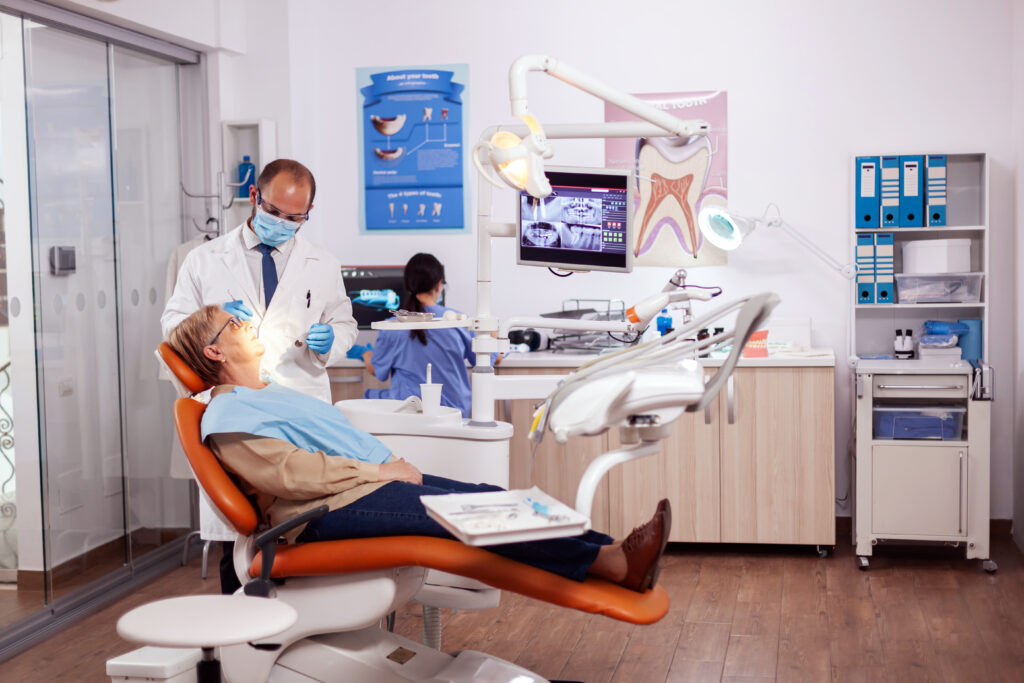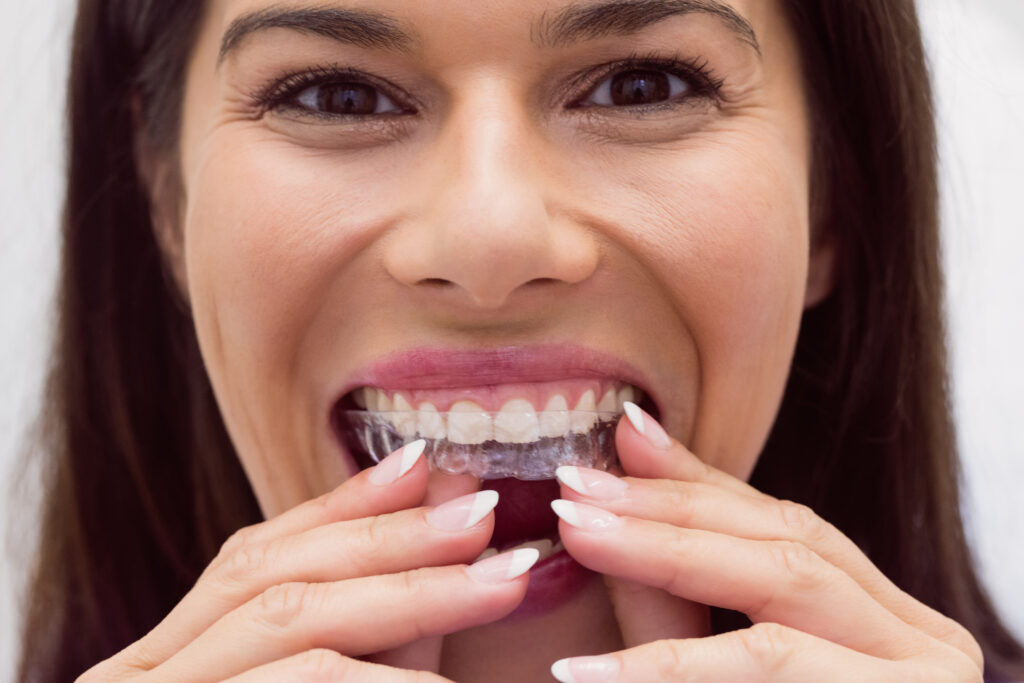Inlays or Fillings: What Dentists Look At Before Deciding
Not all cavities are the same. And not every damaged tooth should be treated with a standard filling. If your dentist has mentioned the possibility of an inlay, or if you’ve searched for “inlays near me,” you’re likely facing a decision that requires more than a quick fix. Though both fillings and inlays repair teeth affected by decay or injury, they’re not interchangeable. One is ideal for small, surface-level damage. The other is a stronger, more precise solution for teeth that take a lot of daily pressure, especially molars. Let’s break down the differences between the two, when each one is appropriate, and how you’ll know which one your tooth really needs. What Makes a Filling the Right Choice? A filling is the most common way to restore a tooth affected by a cavity. It’s typically done in a single visit, with your dentist removing the decayed portion and filling the space with a material such as tooth-colored resin or amalgam. Fillings are good for treating small to medium cavities. They work best when the damage does not go deep into the tooth. Fillings are also ideal for areas that are easy to clean and take care of. They’re simple, cost-effective, and often covered by insurance. For many patients, a filling is all that’s needed, especially when the problem is caught early. But when a cavity spreads across the chewing surface or weakens a tooth’s structure, a filling may not hold up. That’s when an inlay becomes the more stable choice. When Does an Inlay Make More Sense? Inlays are used when a tooth is hurt too much for a filling but not enough to need a crown. They are made from materials like porcelain and fit into the tooth. To make an inlay, the dentist takes a mold of the tooth. Then, the inlay is made in a lab or using special tools. When it’s ready, the dentist glues it onto the tooth. A previous filling has either failed or cracked. You have decay that affects a large area of a molar. You desire a restoration that lasts longer than a standard filling, and you prefer a more natural-looking, stain-resistant option. Inlays are especially helpful in cases where preserving as much of the natural tooth as possible is the goal, but strength and precision are just as important. Appearance and Durability Both treatments can blend well with your natural teeth, especially when tooth-colored materials are used. Inlays are stronger than other materials. They resist stains well and are less likely to shrink or wear down over time. If you are restoring a tooth that feels a lot of pressure, like a molar, or if you have had problems with previous fillings, inlays can be a better long-term solution. Many dental practices near you now use advanced imaging to ensure a perfect fit for inlays. This helps reduce the chances of future cracking or sensitivity. What to Expect During Treatment Fillings are completed in one appointment. The decayed area is removed, and the filling material is placed, shaped, and hardened. Inlays usually take two visits. First, your dentist prepares the tooth and makes an impression. A temporary filling is placed, and your custom inlay is crafted off-site (or, in some offices, the same day using CAD/CAM tools). At your next appointment, the inlay is bonded permanently to your tooth. Which One Is Right for You? That decision depends on: If the damage is minor, a filling will likely be sufficient. If it’s more serious, or if you’ve already had issues with recurring decay, a custom inlay may be a smarter choice. Talking to a trusted dentist will help you weigh your options. Many who search for “inlays near me” are surprised to learn that modern inlays are more precise and less invasive than crowns and much more durable than traditional fillings in the right scenarios. Conclusion In the world of restorative dentistry, one size doesn’t fit all. Fillings and inlays both have their place, but choosing the right one can mean the difference between a short-term fix and a long-lasting solution. If you’ve noticed damage to a tooth or if you’ve been told a filling may not be enough, it may be time to explore your options. Finding a provider that offers both options and knows when to use each is key. Whether you’re comparing treatments or actively searching for “inlays near me”, don’t wait too long to act. The earlier the issue is addressed, the more of your natural tooth can be preserved, and the stronger your long-term result will be.

